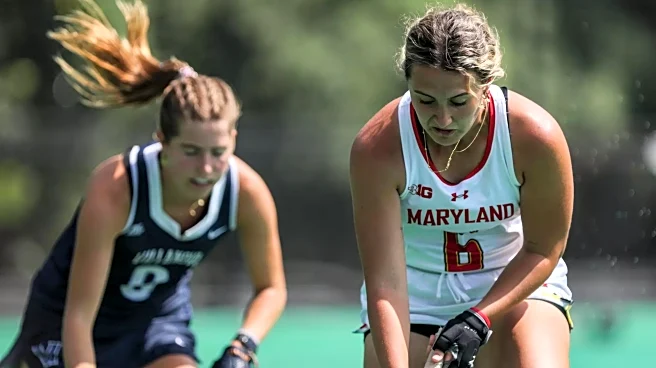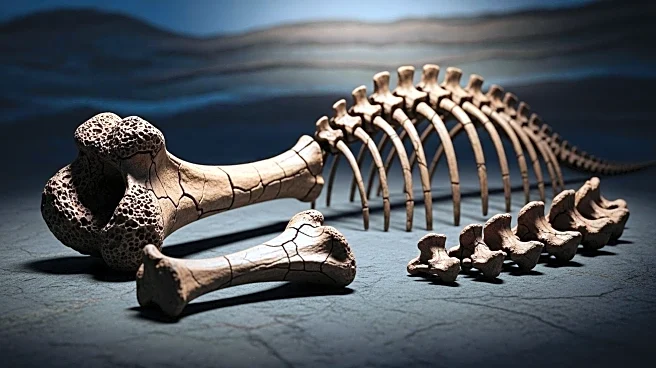What is the story about?
What's Happening?
Researchers have described four new species of ancient penguins from fossils found in New Zealand, dating back approximately 60 million years. These early penguins possessed long, dagger-like beaks, which they may have used to skewer prey. The fossils were discovered in the Waipara Greensand formation, known for containing early bird species that thrived after the Cretaceous mass extinction. The absence of terrestrial predators in ancient New Zealand likely contributed to the loss of flight capabilities in these penguins, allowing them to grow as large as humans.
Why It's Important?
The discovery of these ancient penguins provides valuable insights into the evolution and diversification of penguins following the mass extinction event. Understanding the adaptations and ecological roles of these early penguins can shed light on the evolutionary pressures that shaped modern penguins. This research contributes to the broader understanding of avian evolution and the impact of environmental changes on species development.
Beyond the Headlines
The study of ancient penguins with unique beak structures highlights the importance of fossil records in reconstructing evolutionary histories. The findings may prompt further exploration of other regions for similar fossils, potentially uncovering more about the diversity and adaptations of prehistoric birds. Additionally, the research underscores the significance of New Zealand as a key location for avian evolution studies.
AI Generated Content
Do you find this article useful?

















